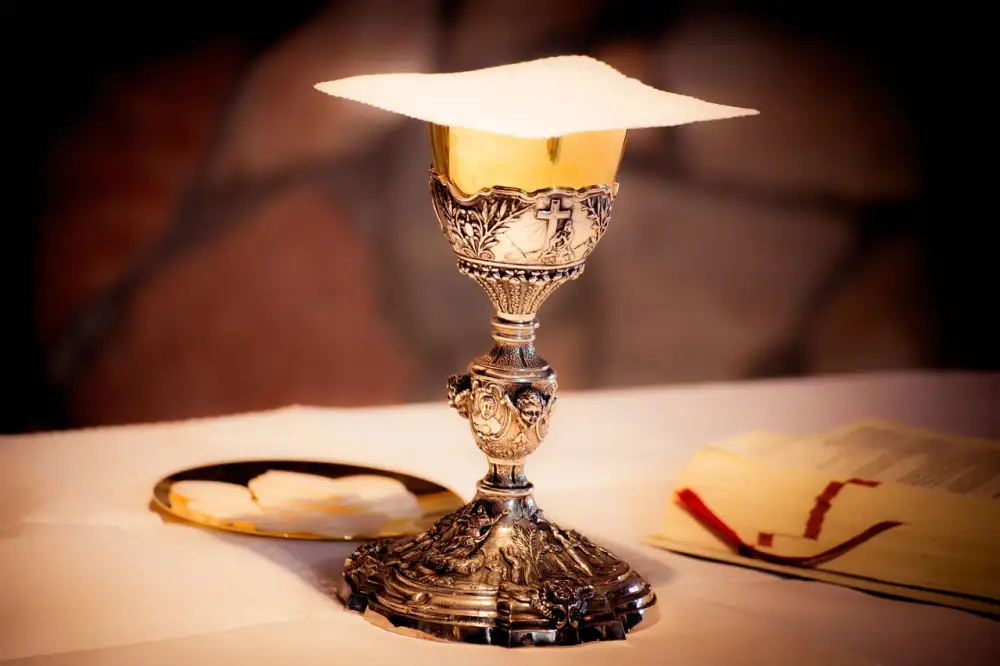Delight Your Senses with a Scrumptious Easter Bread Recipe for Home Baking Bliss

Easter bread, a traditional delicacy enjoyed during the Easter season, holds a special place in many cultures around the world. This sweet and aromatic bread is not only a treat for the taste buds but also carries deep symbolic meanings associated with rebirth and renewal. The process of making Easter bread is not just about creating a delicious baked good; it is a cherished tradition that brings families together to celebrate the joy and hope of Easter. Join us on a journey to discover the art of baking this delightful treat and infusing your home with the warm aromas of Easter.
History and Significance of Easter Bread
Easter bread, also known as "Pascha" or "Paska," holds a rich history and deep significance in various cultures around the world. The tradition of baking Easter bread dates back centuries and is closely tied to the Christian celebration of Easter. In many Eastern European countries, such as Russia, Ukraine, and Greece, Easter bread symbolizes the end of Lent and the resurrection of Jesus Christ. The bread is often baked in a round shape to represent the crown of thorns worn by Jesus on the cross. Additionally, ingredients like eggs and sugar are used to symbolize new life and the sweetness of salvation. The act of sharing Easter bread with loved ones signifies unity, love, and renewal during this joyous time of year.
Ingredients Required for Easter Bread
To create a delectable Easter bread, you will need the following ingredients: 4 cups of all-purpose flour, 1/2 cup of sugar, 1 packet of active dry yeast (about 2 1/4 teaspoons), 3/4 cup of warm milk, 1/4 cup of unsalted butter (softened), 3 eggs, zest of one lemon, a pinch of salt, and 1/2 cup of mixed dried fruits such as raisins or currants. Additionally, you can add a sprinkle of powdered sugar for the finishing touch after baking. These simple yet essential ingredients come together to form a delightful Easter treat that is sure to impress your family and friends.
Step-by-Step Instructions for Making Easter Bread
1. Begin by proofing the yeast in warm milk with a pinch of sugar until frothy.
2. In a large mixing bowl, combine flour, sugar, salt, and spices.
3. Make a well in the center and add the yeast mixture, melted butter, eggs, and citrus zest.
4. Knead the dough until smooth and elastic, then let it rise in a warm place until doubled in size.
5. Punch down the dough and shape it into desired forms like braids or buns.
6. Let the shaped dough rise again before brushing with an egg wash for a golden finish.
7. Bake in a preheated oven until beautifully browned and fragrant.
8. Allow to cool before serving and enjoying your freshly baked Easter bread!
Tips and Tricks for Perfecting Your Easter Bread
1. Use fresh yeast: Ensure your yeast is within its expiration date to guarantee a good rise.
2. Knead thoroughly: Proper kneading develops gluten, giving your bread structure and texture.
3. Let it rise twice: Allow enough time for the dough to rise both before and after shaping for optimal fluffiness.
4. Add citrus zest: Incorporating lemon or orange zest can add a refreshing twist to the traditional flavors.
5. Brush with egg wash: Before baking, brush your Easter bread with an egg wash for a shiny, golden crust.
6. Decorate creatively: Have fun decorating your bread with colored sprinkles, almonds, or even dyed eggs for a festive touch.
7. Monitor baking time: Keep an eye on your bread while it bakes to prevent overcooking and ensure a moist interior.
By following these tips, you'll be well on your way to creating a perfectly delicious Easter bread that will impress all your family and friends!
Serving Suggestions and Pairings
Once your Easter bread is baked to golden perfection and fills your kitchen with its delightful aroma, it's time to enjoy it to the fullest. This traditional treat pairs wonderfully with a variety of accompaniments. For a classic touch, serve slices of Easter bread with butter or jam for a simple yet satisfying snack. If you're looking to elevate the experience, consider pairing it with creamy cheeses like brie or goat cheese, which complement the sweet flavors of the bread beautifully. Additionally, a cup of aromatic tea or coffee can enhance the overall indulgence of this festive treat. Whether enjoyed as part of a leisurely breakfast spread or as an afternoon treat with loved ones, Easter bread is sure to delight your taste buds and create lasting memories during this special time of year.
In conclusion, Easter bread is not just a delicious treat but also a symbol of tradition and celebration during the Easter season. By mastering the art of making this delightful bread at home, you can create a sense of warmth and togetherness for your loved ones. The process of baking Easter bread can be a therapeutic and rewarding experience, allowing you to connect with the rich history and significance behind this culinary tradition. So, gather your ingredients, follow the steps carefully, and indulge in the joy of baking your very own Easter bread this holiday season. Happy baking!
Published: 14. 03. 2024
Category: Home



